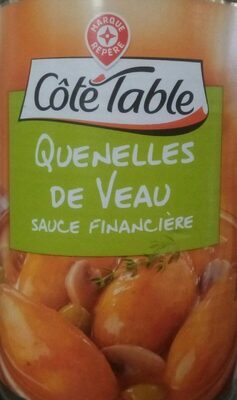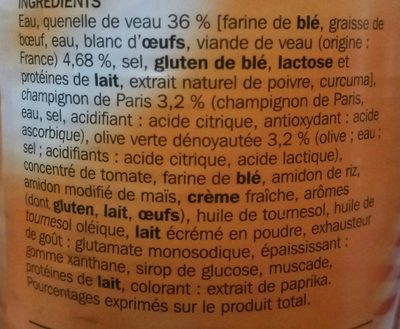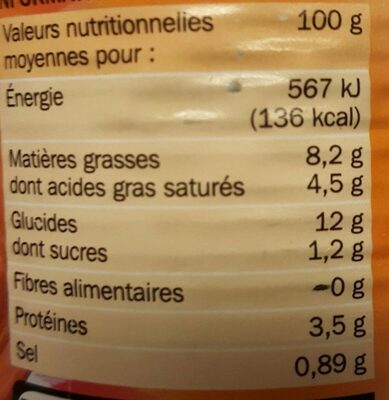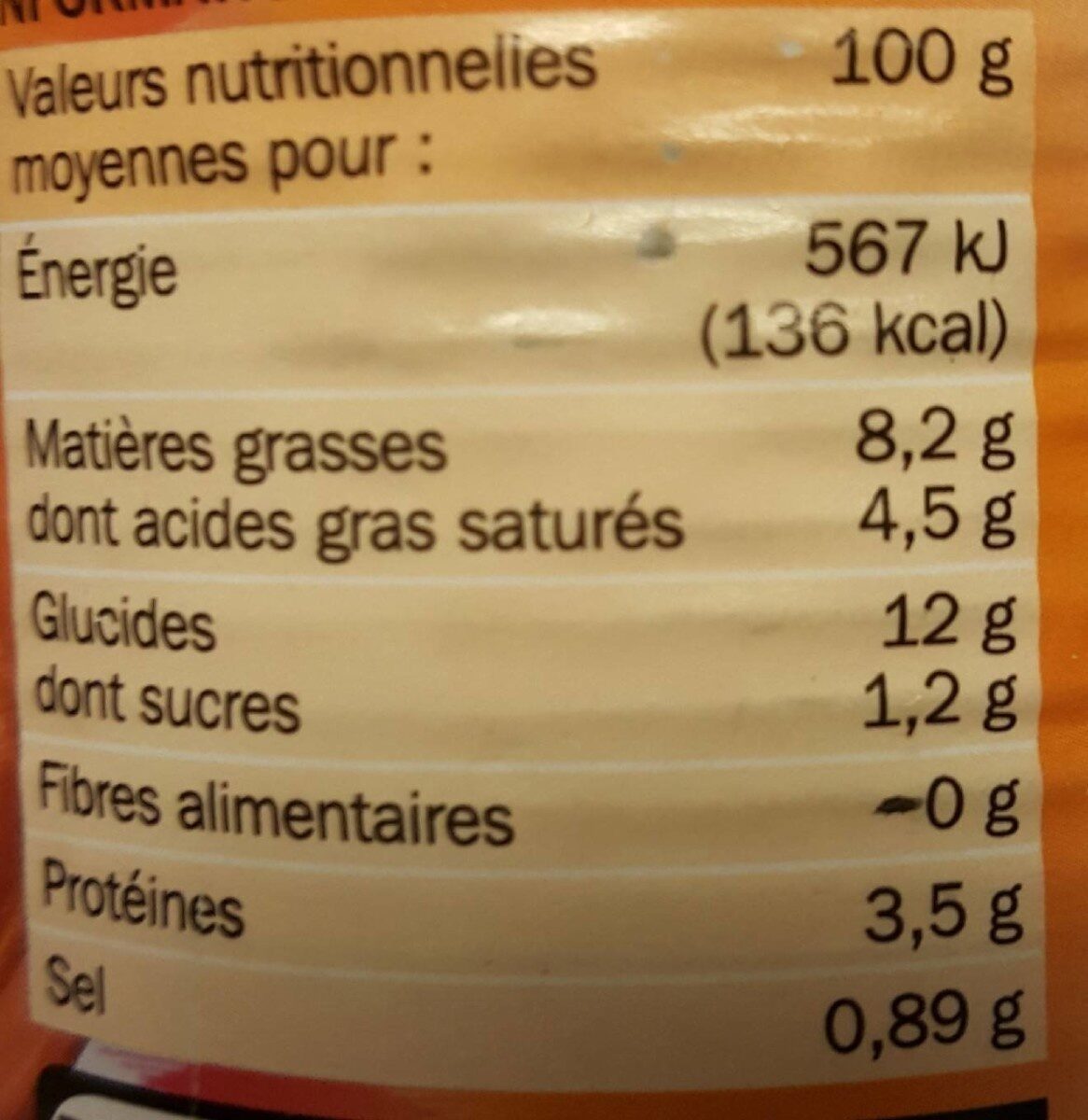Quenelles de veau sauce financière - Côté Table - 400 g
This product page is not complete. You can help to complete it by editing it and adding more data from the photos we have, or by taking more photos using the app for Android or iPhone/iPad. Thank you!
×
Some of the data for this product has been provided directly by the manufacturer Scamark.
Barcode: 3564700474402 (EAN / EAN-13)
Quantity: 400 g
Packaging: Canned
Brands: Côté Table, Marque Repère
Categories: Canned foods, Meals, fr:Quenelles, Canned meals, Veal quenelles
Traceability code: FR 21.200.001 CE - Couchey (Côte-d'Or, France)
Stores: Leclerc
Countries where sold: France
Matching with your preferences
Environment
Carbon footprint
Packaging
Transportation
Other information
Preparation: Au four traditionnel : Verser les quenelles dans un récipient adapté et réchauffer 20 minutes à 180°C Au four à micro-ondes : Verser les quenelles dans un récipient adapté non métallique et réchauffer environ 4 minutes en fonction de la puissance du four. À la casserole : Réchauffer environ 6 minutes environ en remuant délicatement.
Report a problem
Data sources
Product added on by sebleouf
Last edit of product page on by foodvisor.
Product page also edited by date-limite-app, ecoscore-impact-estimator, floriane-03, inf, kiliweb, openfoodfacts-contributors, org-scamark, packbot, scamark, yuka.R2JzOU1JSlEvcVZSbU1BQjNoUE54K2xONU1UMFZucUdJdVZCSVE9PQ, yuka.Wm9OWUQ3b0Vpc3N1cWRzRDNUTE00TnhrMzY2VkIxR2NDZllCSVE9PQ, yuka.sY2b0xO6T85zoF3NwEKvlkFZU8HCvyvfFx_nu2Co5fS8JazNYop-w5DfGqs, yuka.sY2b0xO6T85zoF3NwEKvlkZscv-EjQjFPj7nnRO3_PCrcJy3bslXwoz6Y6o, yuka.sY2b0xO6T85zoF3NwEKvlmxXaP7E8juVHDLjxWun2c7TNY6wY4lI2pXrb6s.










